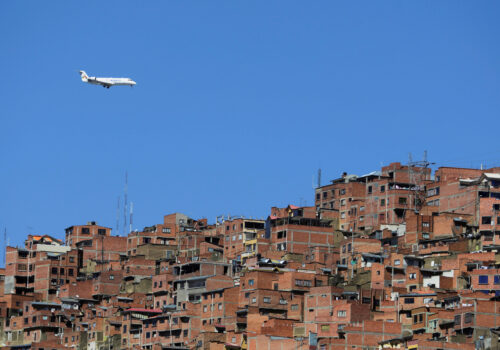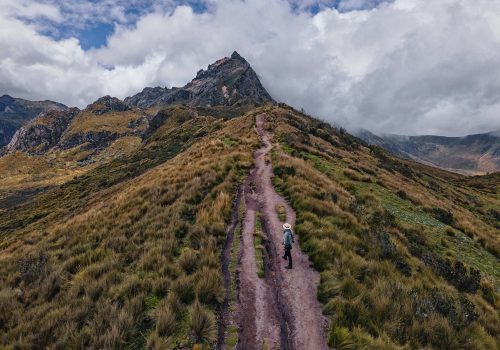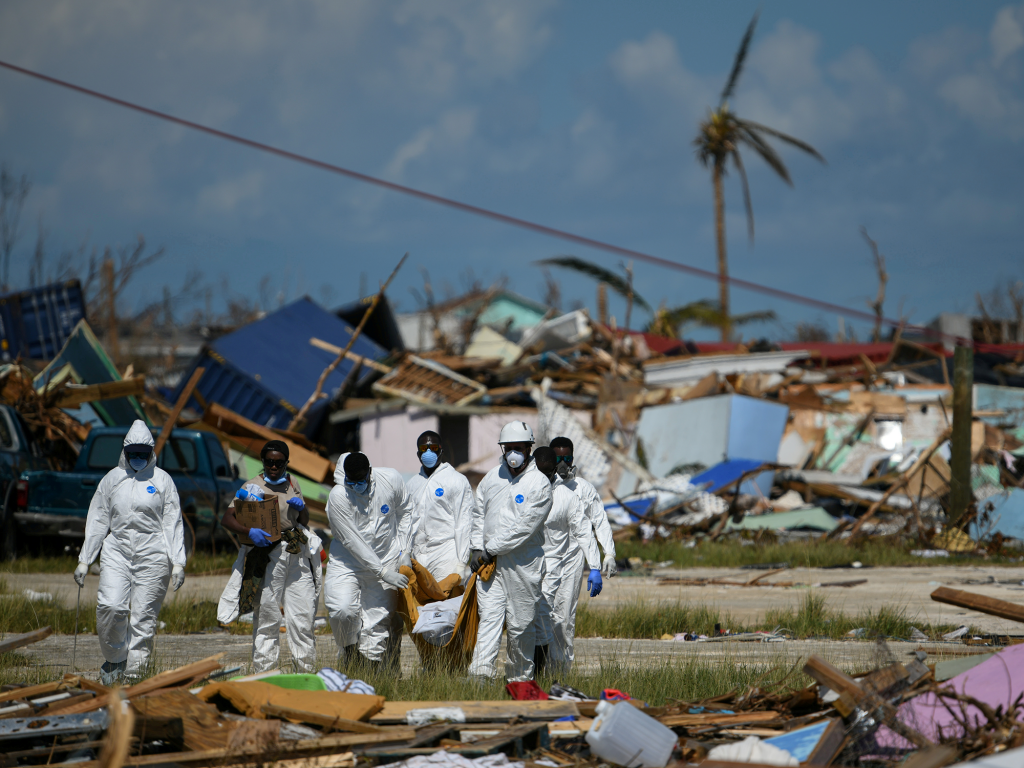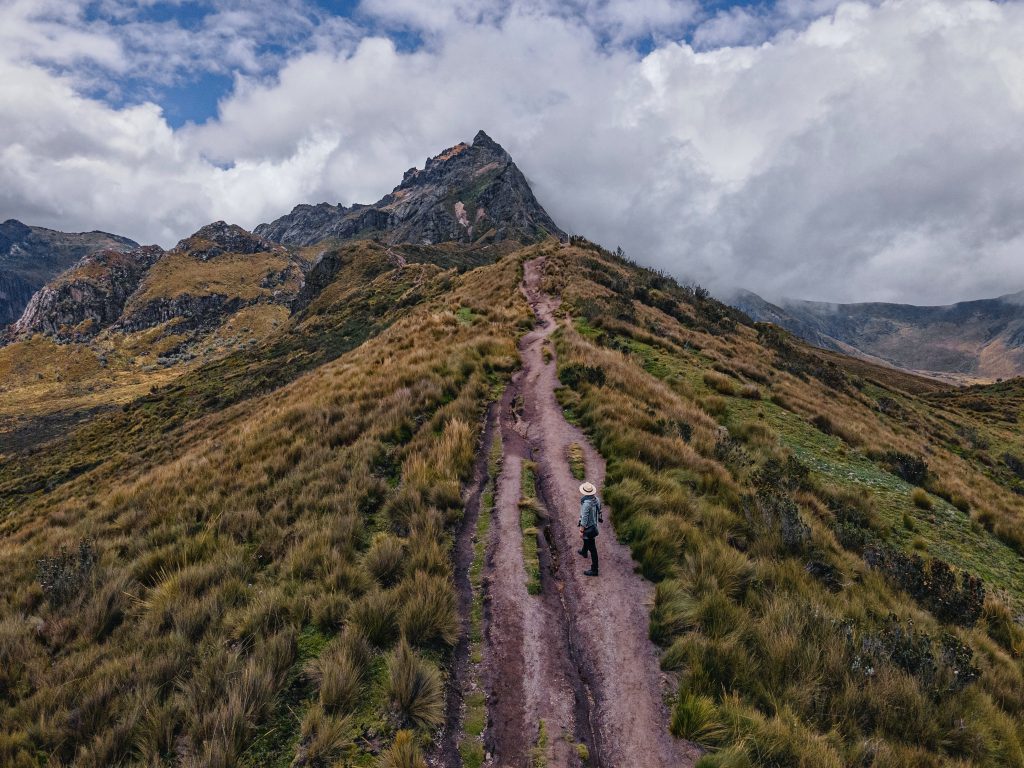Advancing health and resilience policies in Latin America and the Caribbean
The fourth of a six-part series following up on the IX Summit of the Americas commitments.
A report by the Adrienne Arsht Latin America Center in partnership with the US Department of State. This readout was informed by multi-stakeholder dialogues focused on facilitating greater, constructive exchange among multi-sectoral thought leaders and government leaders as they work to implement Summit commitments.
Executive summary
During the Ninth Summit of the Americas, member states made a historic political pledge by committing to the Action Plan on Health and Resilience, which aims to strengthen access to and investment in health services and products in the Americas. As experts and practitioners deliberated on transforming this commitment into reality, they emphasized the crucial need for consistent multisectoral coordination on both new and existing initiatives. They also stressed the importance of addressing equity issues in the implementation efforts, with special emphasis on traditionally vulnerable groups whose healthcare access was affected most by COVID-19: children with disabilities, people with autism, and the elderly. They emphasized the need to develop accountability mechanisms ensuring that national health plans transcend political shifts and provide sustained access to financing to secure their sustainability and resilience. As human mobility across the Americas continues to grow, enhancing intraregional cooperation on technology and digital infrastructure for data and information sharing will be key to addressing climate-related illnesses and other shared health challenges.
Recommendations for advancing the implementation of durable health systems in the Americas:
- Enhance multisectoral coordination to streamline investment in existing initiatives and commitments.
- Leverage the Americas RISE for Health platform and other existing platforms to enhance collaboration and coordination among stakeholders, ensuring active participation and coordination among academia, civil society, the private sector, multilateral banks, and regional organizations such as the Pan American Health Organization (PAHO).1Action Plan for Health and Resilience at the IX Summit of the Americas. Action point #4 (h)
- Lead the organization of biannual regional forums with member states to facilitate knowledge sharing and best practices for the implementation of the goals outlined in the Health Action Plan until 2030.2Action Plan for Health and Resilience at the IX Summit of the Americas. Action point #6
- Consider incorporating the Action Plan on Health and Resilience into member states’ broader commitments such as the Americas Partnership for Economic Prosperity (APEP), Alliance for Development in Democracy (ADD), Asia-Pacific Economic Cooperation Forum (APEC), and other intraregional cooperation mechanisms and/or pledges that could play an important role in developing the necessary workforce and supply-chain resilience needed for sustainable health systems.3Action Plan for Health and Resilience at the IX Summit of the Americas. Action point #4 (b)
- Promote further collaboration between the private and public sectors to develop effective communication channels for better alignment with ongoing initiatives, ensuring a coordinated effort to identify and address specific areas where private-sector support is needed and to avoid duplication of programs and efforts.4Action Plan for Health and Resilience at the IX Summit of the Americas. Action point #8
- Promote regulatory-harmonization best practices across the region to facilitate access to telemedicine and other digital solutions to health problems between countries.
- Enhance equitable and universal access to health services and products with a special emphasis on access to innovation and technology.
- Identify, address, and prevent barriers to health access in the Americas by finding innovative solutions that adapt to the lives of people in the region. Consider levels of informality, geographical location, workday hours, child and elderly care, public-transportation hours, security threats, and/or other factors that might be preventing access to health care.5Action Plan for Health and Resilience at the IX Summit of the Americas. Action point #4.(b, 5)
- Develop a targeted strategy to improve the presence and sustainable operation of healthcare workers in remote areas, where most of the populations are marginalized.6Action Plan for Health and Resilience at the IX Summit of the Americas. Action point #4 (a)
- Promote targeted investment in health and digital infrastructure in remote areas of the Americas with little to no connectivity. This will facilitate affordability and access to digital health, taking one step further to promote primary-care access for all.
- Develop a plan to mitigate the high cost of innovative health technology, such as artificial intelligence, robotics, digital tools, and other research and development tools. Ensure that middle- and low-income countries can adequately finance these tools without raising healthcare costs for the population or weakening intellectual-property (IP) protective legislation or violating IP rights.
- Consider the importance of sustained institutional capacity and proper country leadership to ensure consistent implementation efforts.
- Empower civil-society organizations (CSOs) to play an active role in auditing and monitoring the implementation of national and local health initiatives through open engagement with governments. This will ensure accountability in the implementation of the Action Plan and other health-related commitments.7Action Plan for Health and Resilience at the IX Summit of the Americas. Action point #4 (g)
- Explore opportunities to integrate health initiatives into broader economic strategies, emphasizing the interconnectedness of health and a country’s economic performance. Collaborate with local and international stakeholders to align health policies with sustainable economic-development goals.8Action Plan for Health and Resilience at the IX Summit of the Americas. Action point #1 (2)
- Advocate for countries to prioritize sustained financing for health systems, recognizing this as an investment in long-term public-health resilience. Develop mechanisms to ensure that health budgets are protected and sustained despite economic fluctuations and differing political interests.9Action Plan for Health and Resilience at the IX Summit of the Americas. Action point #4 (j)
- Address challenges around in-country institutional capacities, including leadership development, strategic planning, and regulatory frameworks aligned with international standards that ensure access to safe and effective therapies. Prioritize investments in training and capacity building to ensure that institutions are equipped to handle evolving health challenges.10Action Plan for Health and Resilience at the IX Summit of the Americas. Action point #4 (h)
Related content
Public events
Related experts
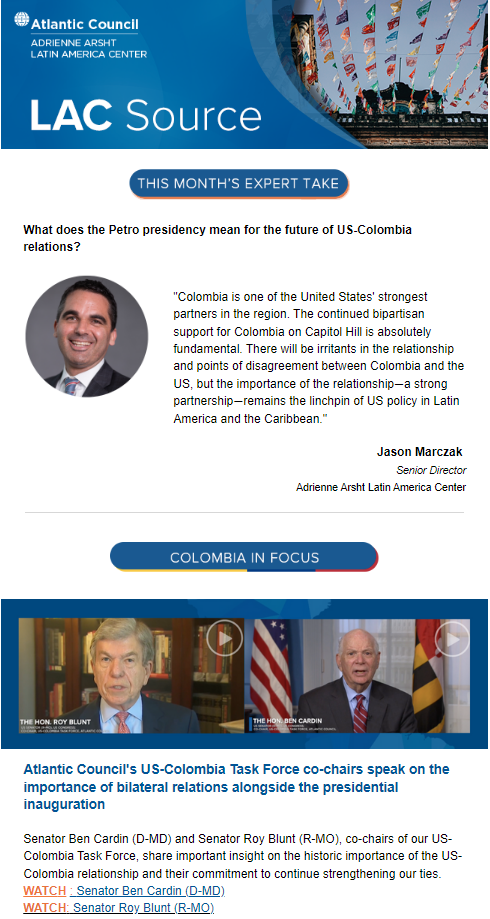
Subscribe to LAC Source Newsletter
Get monthly updates on Latin America and the Caribbean (LAC) to receive the latest developments of the region, upcoming public events and recaps, new reports, and more.
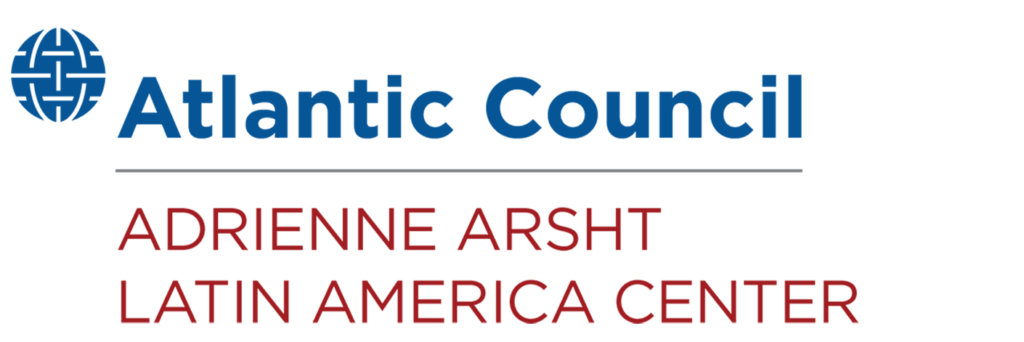
The Adrienne Arsht Latin America Center broadens understanding of regional transformations and delivers constructive, results-oriented solutions to inform how the public and private sectors can advance hemispheric prosperity.
Image: Photo by Mufid Majnun on Unsplash
